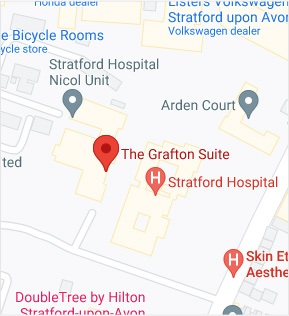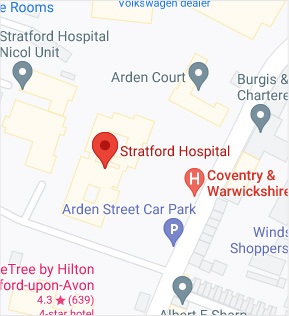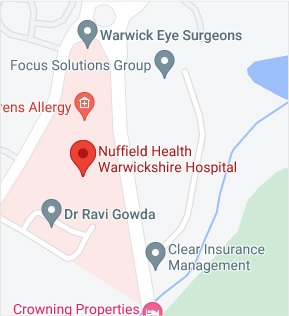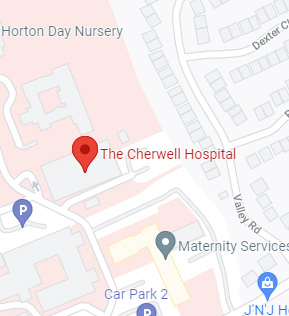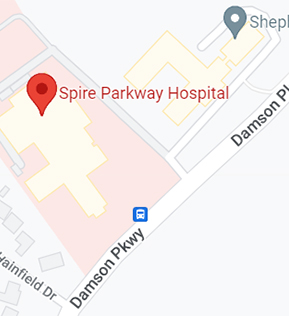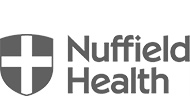What are Hand Tumours?
Any abnormal lump or bump on the hand is considered a hand tumour. Hand tumours can occur on the skin as a mole or a wart, underneath the skin soft tissue or on the bone. Most hand tumours are benign (non-cancerous); however, they can also rarely be malignant (cancerous).
The major types of hand tumours include:
- Ganglion cyst: Most common tumour, filled with liquid and very firm to touch
- Giant cell tumour of the tendon sheath: Second most common tumour and is solid
- Epidermal inclusion cyst: Filled with a soft, waxy material called keratin
There are other less common types of hand tumours such as lipomas (fatty tumours), neuromas (nerve tumours), fibromas, sarcomas, osteomas, and glomus tumour among others. All these are benign in nature.
What are the Signs and Symptoms of Hand Tumours?
Most hand tumours present as visible lumps or bumps on the hand. However, the symptoms associated with these tumours may vary depending on factors such as tumour location, size, and type. Some of the symptoms include:
- Pain in the affected area that worsens with movement
- Hard or soft swelling that appears suddenly or gradually
- Loss of joint flexibility besides numbness or tingling in the hand
What If Hand Tumours are Left Untreated?
If left untreated, hand tumours may lead to complications such as:
- Constrained mobility of the affected hand
- Difficulty in closing the affected hand
- Damage to fingers and vital nerves
How are Hand Tumours Diagnosed?
Your doctor will review your medical history and perform a physical examination. A needle or incisional biopsy may be performed, where a small sample of your tumour is excised and sent to the laboratory for further testing. Your doctor may also order other tests such as an X-ray, ultrasonography, CT scan or MRI depending on your condition.
How are Hand Tumours Treated?
Nonsurgical treatment of hand tumours comprises anti-inflammatory medication or use of a splint. Surgical treatment involves complete removal of the abnormal tissue located on the hand. The surgery may be performed on an outpatient basis and may require just local anaesthesia.
In some cases, your doctor may employ aspiration (puncturing with a needle) method to reduce the tumour. A cortisone injection can also be used at the growth site to prevent recurrence. Malignant tumours may require wide local excision (surgery to cut out the cancer along with some healthy tissue around it) or amputation.


 REQUEST AN APPOINTMENT
REQUEST AN APPOINTMENT



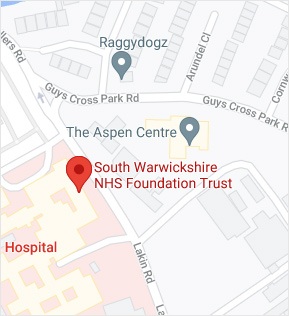
 Ext 4798
Ext 4798